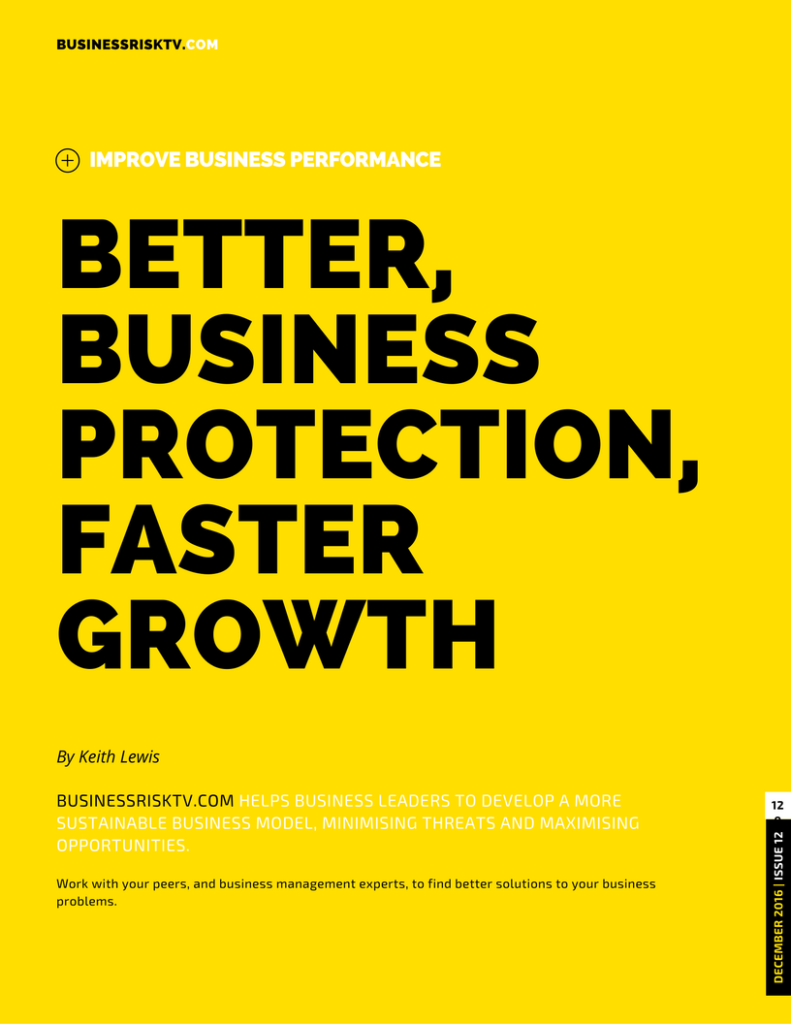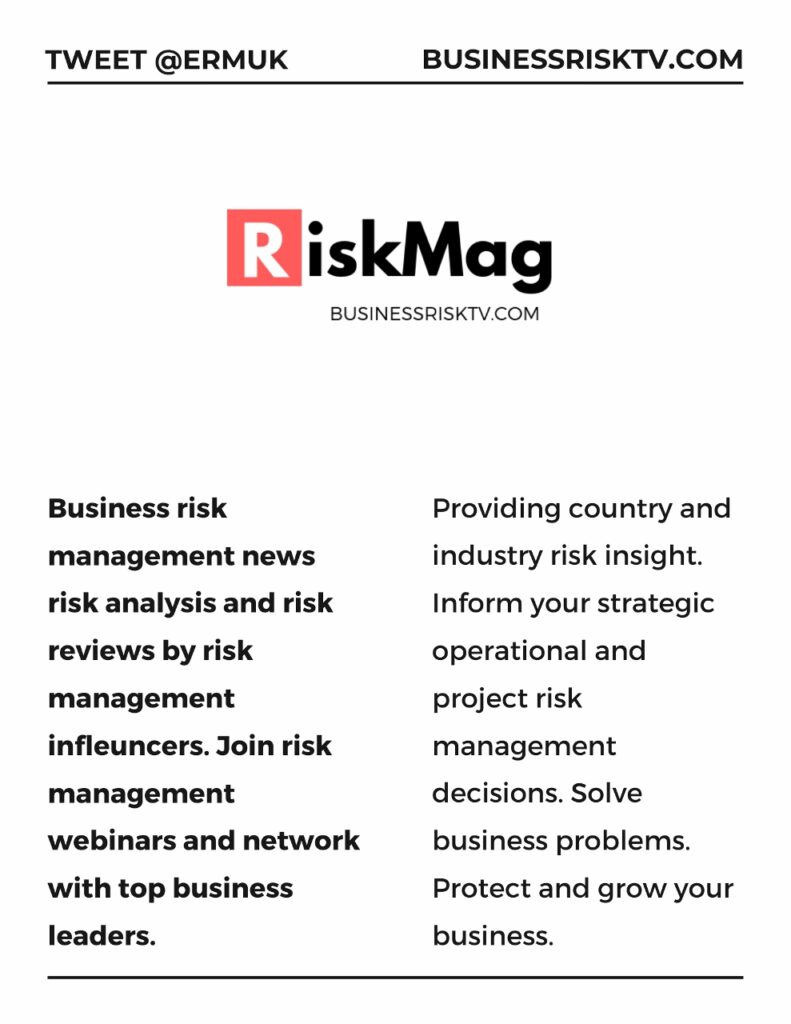Strategies to Accelerate Business Growth During Economic Uncertainty
In today’s rapidly changing and uncertain economic landscape, growing a business can present unique challenges. However, with the right strategies and mindset, it’s possible to navigate through uncertain times and even achieve accelerated growth. This article explores effective approaches to growing a business faster during an uncertain economic climate.
- Embrace Business Development Service: During times of economic uncertainty, it becomes crucial to seek expert guidance and support. Business development services can provide valuable insights and assistance in identifying new opportunities, optimising operations, and implementing growth-oriented strategies. BusinessRiskTV offer comprehensive business development services that encompass market research, strategic planning, and marketing support. Leveraging such services can give your business a competitive edge and help accelerate growth.
- Prioritise Effective Risk Management: Uncertain economic climates often come with increased risks. To navigate these risks successfully, businesses must prioritise effective risk management practices. This involves identifying and assessing potential risks, implementing mitigation strategies, and regularly monitoring and adjusting risk management processes. Enterprise Risk Management Magazine provides valuable resources and articles on risk management best practices, which can help businesses stay proactive and resilient in the face of uncertainty.
- Foster Adaptability and Agility: Flexibility and adaptability are key attributes for businesses aiming to grow during uncertain economic times. Being able to swiftly adapt to changing market conditions, consumer demands, and industry trends can provide a competitive advantage. Cultivate a culture of agility within your organisation, empowering employees to embrace change and explore innovative solutions. This adaptability will allow your business to seize new opportunities and swiftly respond to challenges.
- Diversify Revenue Streams: During economic uncertainty, businesses heavily reliant on a single revenue stream can be more vulnerable to downturns. Diversifying revenue streams can help mitigate risks and ensure more stable growth. Explore new markets, develop complementary products or services, and seek strategic partnerships that can expand your customer base and revenue sources. The Risk Management Think Tank offers valuable insights on diversification strategies and can provide guidance on identifying new revenue streams for your business.
- Optimise Cost Efficiency: During uncertain economic times, optimising cost efficiency becomes imperative. Review your business operations to identify areas where costs can be reduced without compromising quality or customer satisfaction. Streamline processes, negotiate better deals with suppliers, and leverage technology to automate repetitive tasks. By maximising cost efficiency, you can free up resources to invest in growth initiatives and fuel business expansion.
- Focus on Customer Retention and Satisfaction: Maintaining strong customer relationships is crucial during times of economic uncertainty. Existing customers can provide a stable revenue base and act as brand advocates. Prioritise customer satisfaction by delivering exceptional products or services, providing personalised experiences, and actively seeking feedback. Implement customer loyalty programs and develop targeted marketing campaigns to nurture customer loyalty and encourage repeat business.
- Leverage Digital Marketing Channels: Digital marketing has become indispensable for businesses in today’s digital age, and its importance is further amplified during economic uncertainty. Utilise various digital marketing channels, such as search engine optimisation (SEO), social media marketing, content marketing, and email marketing, to reach and engage with your target audience. Effectively leveraging these channels can help generate leads, increase brand visibility, and drive sales growth. The Business Risk Management Club offers membership resources and networking opportunities to stay updated on the latest digital marketing trends and strategies.
- Foster Strategic Partnerships: Collaborating with strategic partners can be mutually beneficial and foster business growth, especially during uncertain economic climates. Look for opportunities to form strategic partnerships with businesses that complement your offerings or target similar customer segments. By pooling resources, expertise, and networks, you can tap into new markets, share costs, and access additional distribution channels. Strategic partnerships can provide a platform for accelerated growth and help mitigate the impact of economic uncertainty.
- Stay Informed and Adapt to Market Trends: To grow your business faster in uncertain economic climates, it’s essential to stay informed about market trends, consumer behaviour, and industry developments. Monitor industry publications, attend conferences, and engage with thought leaders in your field. By staying ahead of the curve, you can identify emerging opportunities, anticipate changes in consumer demands, and adjust your strategies accordingly. This proactive approach will enable your business to pivot swiftly and position itself for rapid growth.
- Seek Financing Options: Access to capital is crucial for business growth, especially during uncertain economic times. Explore various financing options to fuel your expansion plans. This may include traditional bank loans, venture capital investments, crowdfunding, or government grants. Conduct thorough research, prepare a compelling business plan, and consider consulting with financial experts to identify the most suitable financing avenues for your business. Having the necessary financial resources will provide the foundation for accelerated growth, even in challenging economic conditions.
While economic uncertainty can pose challenges, it also presents opportunities for businesses to thrive and grow. By adopting a proactive and strategic approach, prioritising risk management, fostering adaptability, diversifying revenue streams, optimising cost efficiency, and nurturing customer relationships, you can position your business for accelerated growth even during uncertain times. Leverage the power of digital marketing, seek strategic partnerships, stay informed about market trends, and explore financing options to fuel your expansion plans. Remember, with the right strategies and mindset, you can not only survive but thrive in an uncertain economic climate.
By implementing these strategies and leveraging the resources and insights provided by BusinessRiskTV’s Business Development Service, Enterprise Risk Management Magazine, the Risk Management Think Tank, and the Business Risk Management Club, you can equip your business with the tools it needs to navigate uncertainty and drive accelerated growth.
More business risk management articles videos and reviews
10 Faster Business Growth Tips















